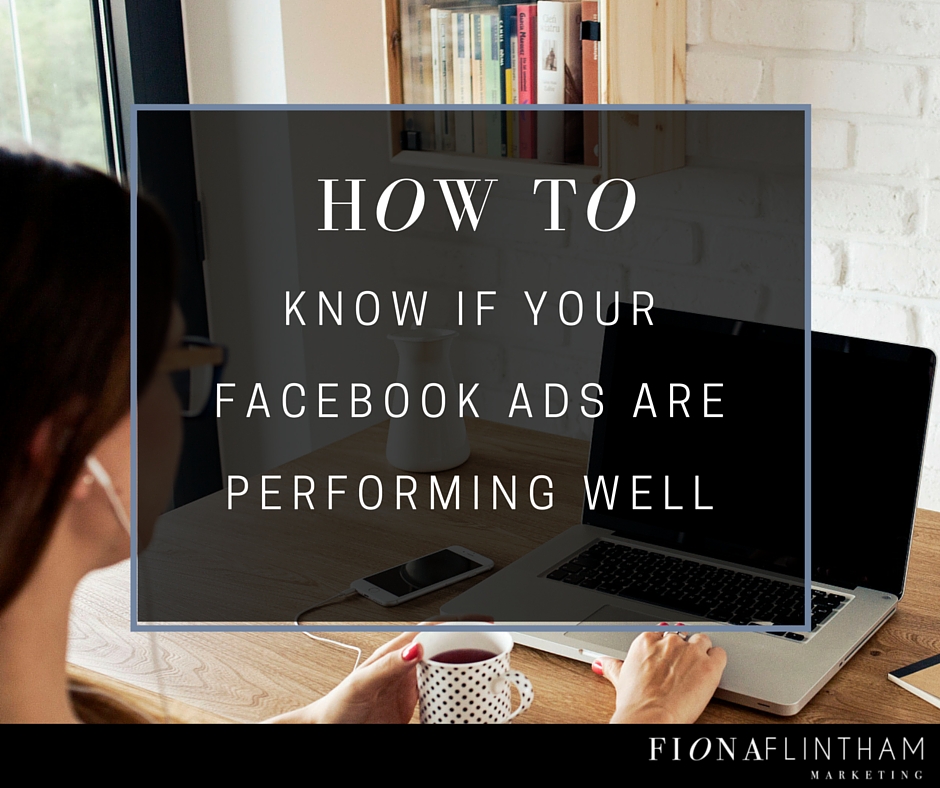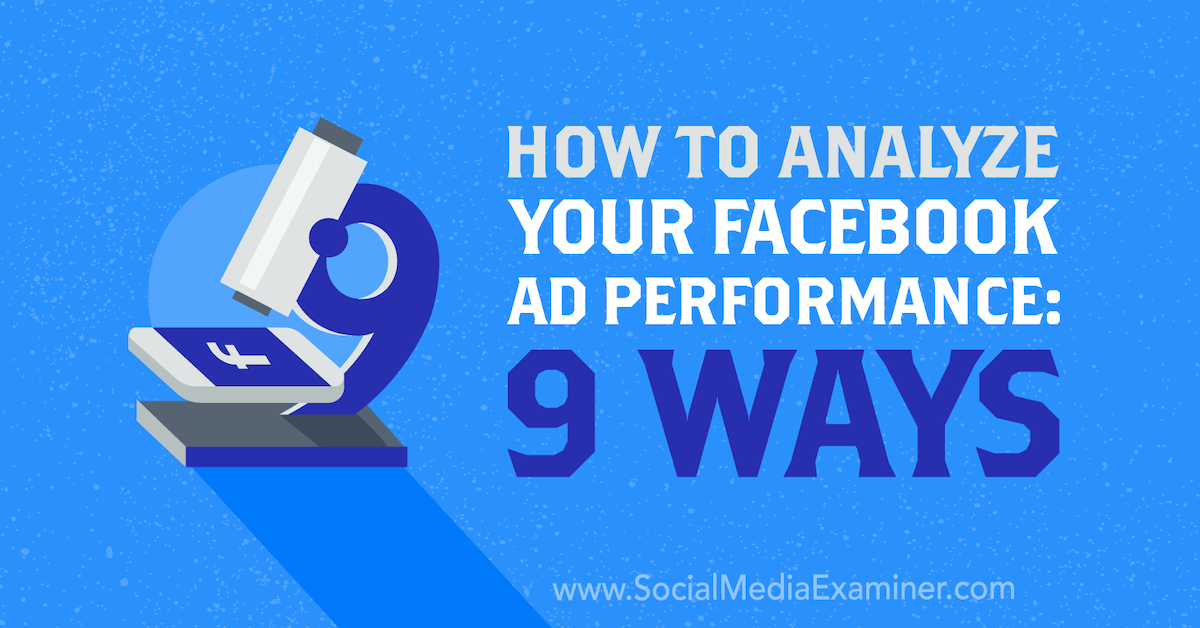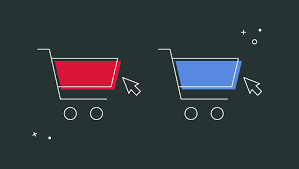Decide on the goals: what exactly do you want to get?
Promotion in social networks is quite popular and very effective. Experts say that it is also inexpensive. But this is provided that everything is configured correctly, otherwise the budget will be drained, and the goal is not achieved. And no one needs advertising for advertising.
“This is where the question arises, how to understand that Facebook advertising and Instagram is doing well and your money isn’t going anywhere? ”
To measure social media ads, there are a number of metrics you need to track not only at the end of a campaign, but also throughout the campaign. This will allow you to make adjustments in time, correct possible errors in advertising settings.
Any analysis should be started with an understanding of what is the result of such an advertising campaign should be achieved. These goals should also be displayed in the settings, for example:

- get maximum reach – there will be a large number of impressions for people from the described target audience;
- lead generation – the system selects only those users who willingly fill out various forms, subscribe to pages, etc.;
- engagement – you get likes and reposts, but not sales;
- conversions are about purchases, real customers.
We will not dwell on the settings of the advertising campaign on Facebook and Instagram, we just emphasize that you should not wait for sales or demand them from your contractor if you initially set a goal – to appear to the largest number of people. One goal, one result. Only then can the appropriate metrics be applied.
CTR value for clicks on the link
If the key goal of an advertising campaign is conversion, then you need to evaluate how many users were motivated by the posted ad to click on the link (to the website, to the store, etc.). For this, there is a CTR (Click-Through Rate) indicator. It is calculated as the ratio of the number of clicks to the total number of impressions:
CTR = (Clicks / Impressions) x 100%
What should be the CTR depends on the scope of business, its features. But the average level for social networks is set:
- Instagram – 0.94%;
- Facebook – 0.72%.
We repeat that this is only an average base, but even this approximate level allows us to understand whether advertising is effective, whether it encourages a potential client to “go further.”
that CTR is low? You can give several recommendations:
- Make sure the target audience is correct. This is one of the main problems with low click-through rates, because if an ad is shown to the wrong users, then it cannot interest them. This often occurs when a person with no relevant experience is involved in launching an advertising campaign.
- Catching picture. Targeted ads are located in the feed, so without the appropriate entourage they can easily get lost. The photo should not only be of high quality, sharp, but also stand out from others. The focal point here is the product, not the model or decor.
- Call-to-action text. Yes, the prospect needs to be nudged to do what you intend, so don’t spare your words him. For example, buy, follow the link, order now (don’t forget about the target action button too).
Lead cost / margin ratio
Do not forget that a lead is not a customer who has already made an order. One of the metrics to consider when evaluating a lead is the cost of that lead. For example, the total cost of advertising was $ 200, and 650 people followed the link. Accordingly, this figure will be $ 0.30.
But here the question arises, about 30 cents is a lot or a little for someone who came to the store (bought or not – another matter). To answer it, you need to look at the ratio of this cost to the marginality of a unit of goods. Why is it important? It’s simple – it is from the margin (the difference between the price of a product and the cost of its production) that additional costs are paid, incl. and marketing.
There are 3 options for this ratio:
- The price of a lead is less than the margin, and their ratio is less than 1. This is a good option when the costs are covered by the revenue side. The lower the ratio, the better.
- The price of a lead is equal to the margin, and their ratio = 1. This is a “break-even point” when all costs are fully covered, but the company does not profit from such a client.
- The lead price is higher than the margin, and their ratio is greater than 1. This option indicates that the company is operating at a loss.
Analyze the ROI of the campaign as a whole
ROI – return on all advertising investments. It is calculated according to the formula:
ROI = (income / costs) x 100%,
where are the costs of advertising on Facebook and Instagram for the entire period of placement ;
income is the amount received from attracted clients.

In fact, the decoding is similar to the one described above, but here the feedback is optimal, the higher the ROI, the better. But not always a high percentage speaks of success – the absolute indicator of income should also be considered. You can read more about it here.
Traffic quality also plays a role
There are situations when Facebook analytics show good results, but the end result – the number of orders and profit – is extremely low. The thing is that the social network analyzes only interaction with advertising only on its platform, and does not track what happens next.
And then a situation is possible when the user clicked to the link and … closed it. This indicates a low quality of traffic. No, it’s not about the “wrong” people coming, but the fact is that something on the website or landing page doesn’t “catch on”. To assess the quality, you can use Google Analytics metrics:
-
- Bounce Rate – bounce rates showing the number of visitors leaving the site after viewing just one page of the resource.
Avg. Session Duration – the average duration of a user’s stay on the site. The smaller it is, the worse it is for you.
If these 2 indicators are unsatisfactory, look for the reason. For example, an advertisement indicates a specific product, and the link leads to the general page of the company.
Focus on LTV and the potential for repeat sales
LTV is the profit that the client brings for all the time, how much is he with you. For example, the average income from one sale of a customer is $ 20, he makes 2-3 sales a year, and the time of cooperation with him is 3 years. Then you get from him: 20×2, 3×3 = $ 138
In marketing, there is an axiom that attracting one new customer costs more than organizing repeat sales. And if you can arrange that the customer will come back to you and make another purchase, then you will free up additional funds for advertising on Facebook and Instagram – you will be able to attract additional customers without sacrificing your own profitability.
For example, We calculated that as a result of the campaign, the cost of one client was $ 1.3, the profit from him was $ 3, and the LTV from him was $ 7. Those. we have an additional $ 4 to channel into advertising.
Conclusion
Any advertising requires an assessment of its effectiveness, but, unlike offline placement channels, there are many metrics on social networks. They allow you to accurately determine the effectiveness of an advertising campaign.
The ultimate goal of advertising is to make money, not spend it at a loss, so it is worth assessing not only after the end of the ad rotation, but also in the process. At the same time, it is only necessary to consider a set of indicators – they will be able to give the most objective answer whether advertising on Facebook and Instagram is effective.
